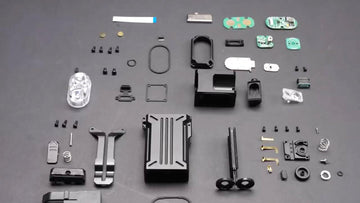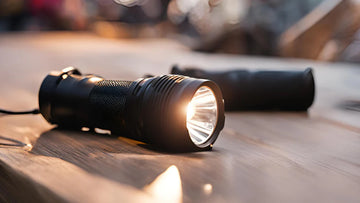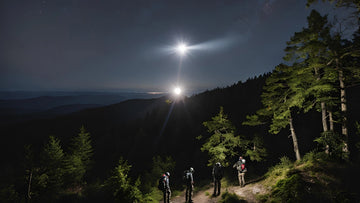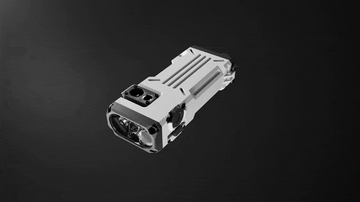
DIY flashlight projects are super popular these days, and for good reason – they're fun and educational! But as with any DIY project, safety should always come first. Here's a guide to help you stay safe as you embark on your flashlight adventure .
Preparation
Know your tools and materials
Before you begin, make sure you know what tools and materials you will need. Common items include:
- Batteries : Choose the right type for your project.
- LED lights : These are your main light source.
- Soldering tools : For connecting your components.
- Cables and connectors : To complete the electrical circuits.
- Switch : To turn your flashlight on and off.
- Housing : To house everything.
Read the manuals and instructions for everything. Knowing how to use your tools properly can prevent many mishaps.
Set up your workplace
Choose a good place to work:
- Hell : You have to see what you are doing.
- Well ventilated : Especially when you are soldering.
- Tidy : Keep your workplace clean to avoid accidents.
- Safe : Keep flammable materials away.
Wear your PPE
Personal protective equipment (PPE) is very important:
- Safety glasses : Protect your eyes.
- Gloves : Protect your hands from burns and cuts.
- Protective clothing : Wear long-sleeved clothing and avoid loose clothing.
Make sure you get your PPE from a reliable source and know how to use it properly.
Operational safety
Battery safety
Batteries are essential, but they can be dangerous if not handled properly:
- Use high-quality batteries : cheap ones can leak or explode.
- Correct polarity : Always connect the positive and negative ends correctly.
- Know your battery specifications : Understand the voltage and capacity to avoid overcharging or over-discharging.
Soldering safety
Soldering is common in flashlight projects, but it carries risks:
- Use proper tools : Make sure your soldering iron is in good condition.
- Do not touch the hot soldering iron : use a stand and clamps to hold your work.
- Ventilation : Solder in a well-ventilated area to avoid inhalation of fumes.
Handling and storage
Storing batteries
Store your batteries correctly:
- Cool, dry place : Keep away from direct sunlight and moisture.
- Fireproof containers : Use these to avoid accidents.
- Avoid short circuits : Store batteries so that the terminals do not touch each other or conductive materials.
Disposal of materials
Dispose of old batteries and components responsibly:
- Recycling : Take them to the designated recycling centers.
- Follow local regulations : Follow local regulations regarding the disposal of electronic waste.
Common problems and solutions
Even with the best plans, things can go wrong. Here are some common problems and how to fix them:
- Flashlight won't turn on : Check the battery connections and make sure the switch is working.
- Dim light : Make sure the LED is receiving the correct voltage and check for loose connections.
- Battery discharges quickly : Make sure there is no short circuit and that the battery is fully charged.
Conclusion
Safety should always be your top priority with any DIY flashlight project. By following these tips, you can have a fun and successful building experience. Remember, it's all about enjoying the process and staying safe along the way.
Attachment
References
Tool and material list
- Batteries
- LED lights
- Soldering iron kit
Additional tips
- Visual aids : Use diagrams and pictures to better understand safety procedures.
- Safety Videos : Watch safety tutorials on platforms like YouTube for hands-on demonstrations.
By following these safety tips, you can ensure that your DIY flashlight project is both fun and safe. Happy building!



